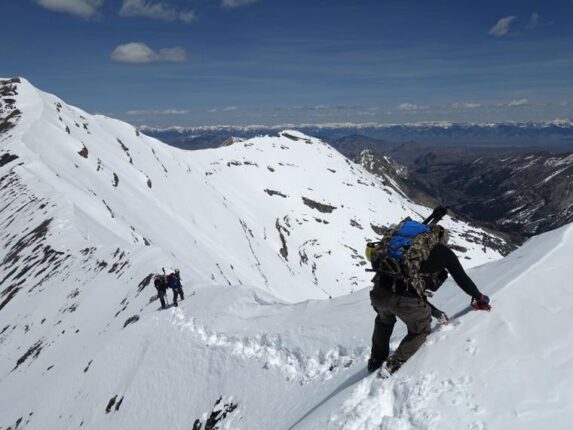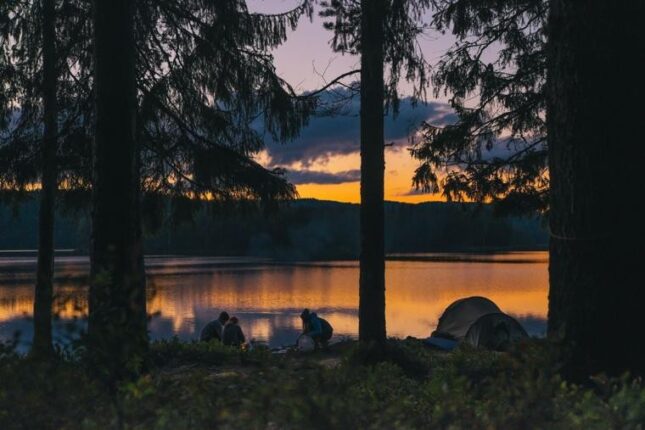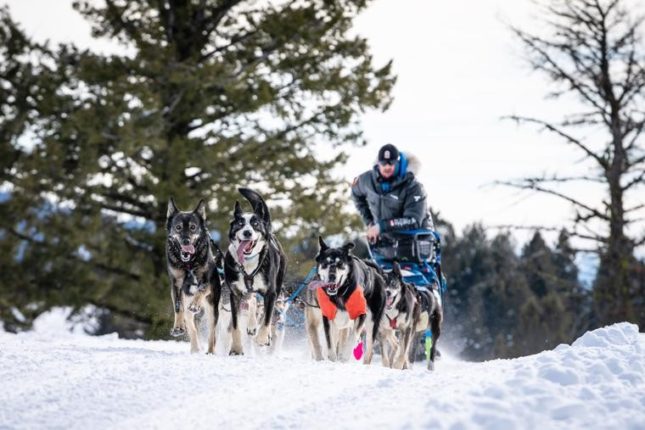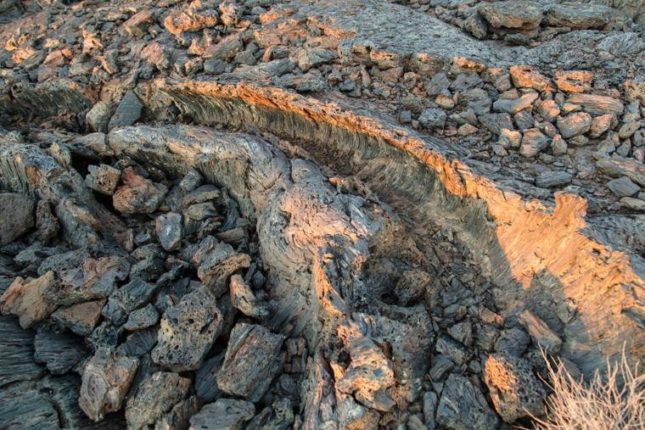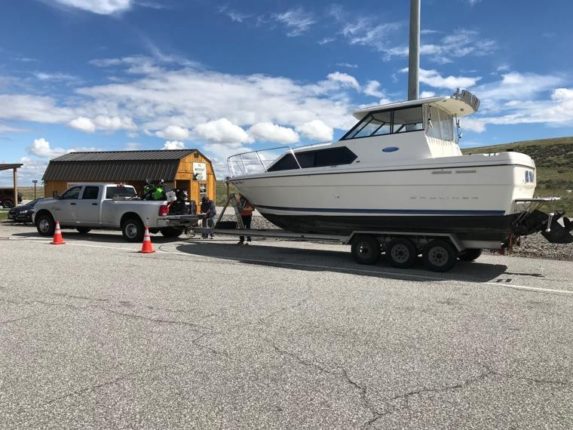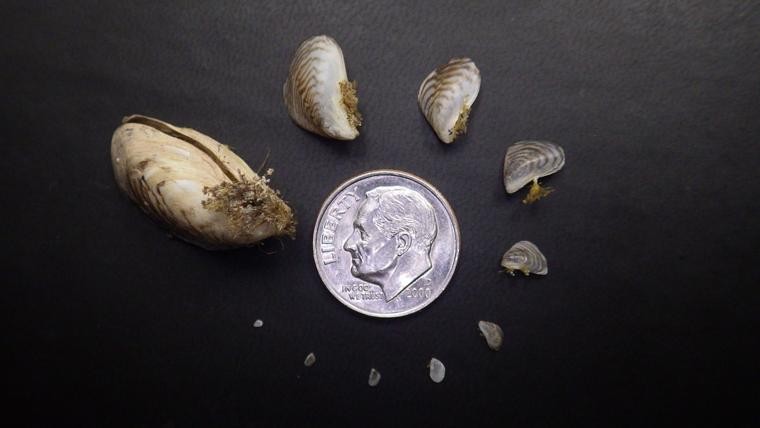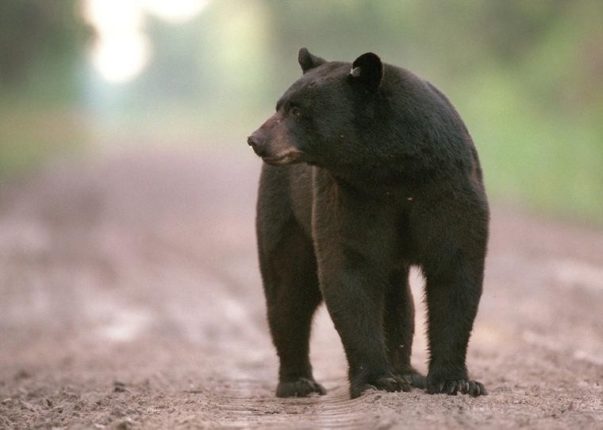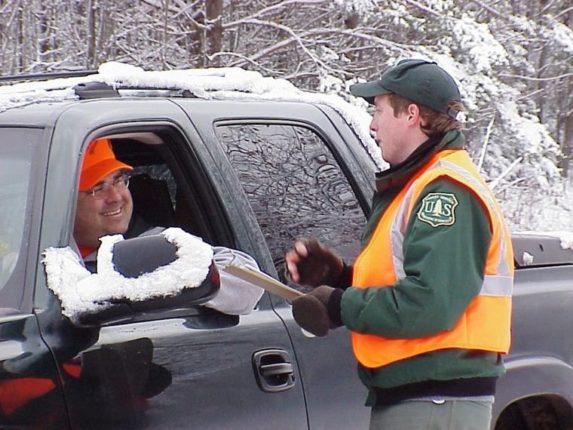Two new films from Idaho Public Television’s original productions “Outdoor Idaho” and “Idaho Experience” journey to all nine of Idaho’s 12,000-foot mountain peaks and explore moments from Gem State history. IPT announced in a press release that the films air Sunday, Dec. 6, as part of the final night of IdahoPTV’s fall on-air fundraiser, DecemberFest.
‘Idaho’s 12ers’ on Outdoor Idaho
Some seek thrills, some seek records, some push themselves to the edge of physical and mental endurance. But for most Idaho climbers, standing on the top of Idaho’s tallest mountains is reward enough. For the DecemberFest special “Idaho’s 12ers” (Sunday, Dec. 6, at 7 p.m.), the Outdoor Idaho production crew spent time on all nine of the Gem State’s 12,000-foot peaks (and a few 11,000-footers) with 44 intrepid climbers of a variety of ages and experience levels — Idaho natives and newcomers, experts and novices, men and women.
“Our climbing partners ranged from the 7-, 8- and 9-year-old kids who are the youngest people to climb all the 12ers, to the retired Boise State University math professors who have climbed all 123 Idaho peaks 11,000 feet and higher,” said producer Bill Manny. “It was a lot of work, and a lot of fun.”
Outdoor Idaho explores Idaho’s 12ers and gets to know the people who cherish Idaho’s highest places from close-up and from afar.
‘Books, Boats and Embezzlers’ on Idaho Experience
For the DecemberFest special “Books, Boats and Embezzlers” (Sunday, Dec. 6, at 8:30 p.m.), our Idaho Experience team shares a collection of short stories drawn from Idaho’s rich and varied history: a publisher who maintains hands-on printing traditions; how Ernest Hemingway’s time in Idaho influenced him; the steamboats that thrived on Lake Pend Oreille at the turn of the 20th century; New Plymouth’s beginning as an irrigated utopia; an infamous Idaho criminal from a pioneer family; and drive-in theaters that keep movie-watching traditions alive.
For Marcia Franklin, who produced a piece on the Ardingers of Limberlost Press, it was a chance to step back in time and watch as the couple lovingly crafted a chapbook of poems — from printing on a century-old letterpress to sewing each book by hand. It was also an homage to Franklin’s father, who had a similar press in their home on which the two of them would print holiday cards.
“Nostalgic feelings seem to be coming to the fore for many of us these days,” said Franklin. “This edition of Idaho Experience will take viewers on a drive down a country lane of the past, and hopefully help uplift spirits. And like a good story, watch for more! Many of these pieces will be expanded in future seasons into full-length programs.”
An entity of the Idaho State Board of Education, Idaho Public Television is a statewide multimedia broadcast network with transmitters and translator stations that deliver programs to more than 99 percent of Idaho households, and is among the most-watched PBS affiliate networks per capita in the United States. IdahoPTV broadcasts across four digital channels through five full-power transmitters (KAID, Boise; KCDT, Coeur D’Alene; KIPT, Twin Falls; KISU, Pocatello; and KUID, Moscow) and offers streaming content and educational resources through its website: idahoptv.org. The mission of Idaho Public Television is to “harness the power of public media to encourage lifelong learning, connect our communities, and enrich the lives of all Idahoans. We tell Idaho’s stories.”
